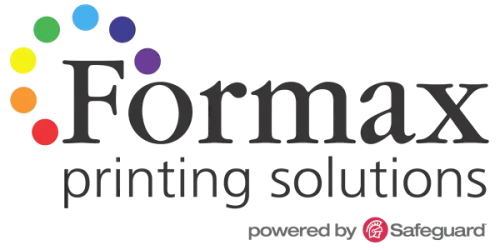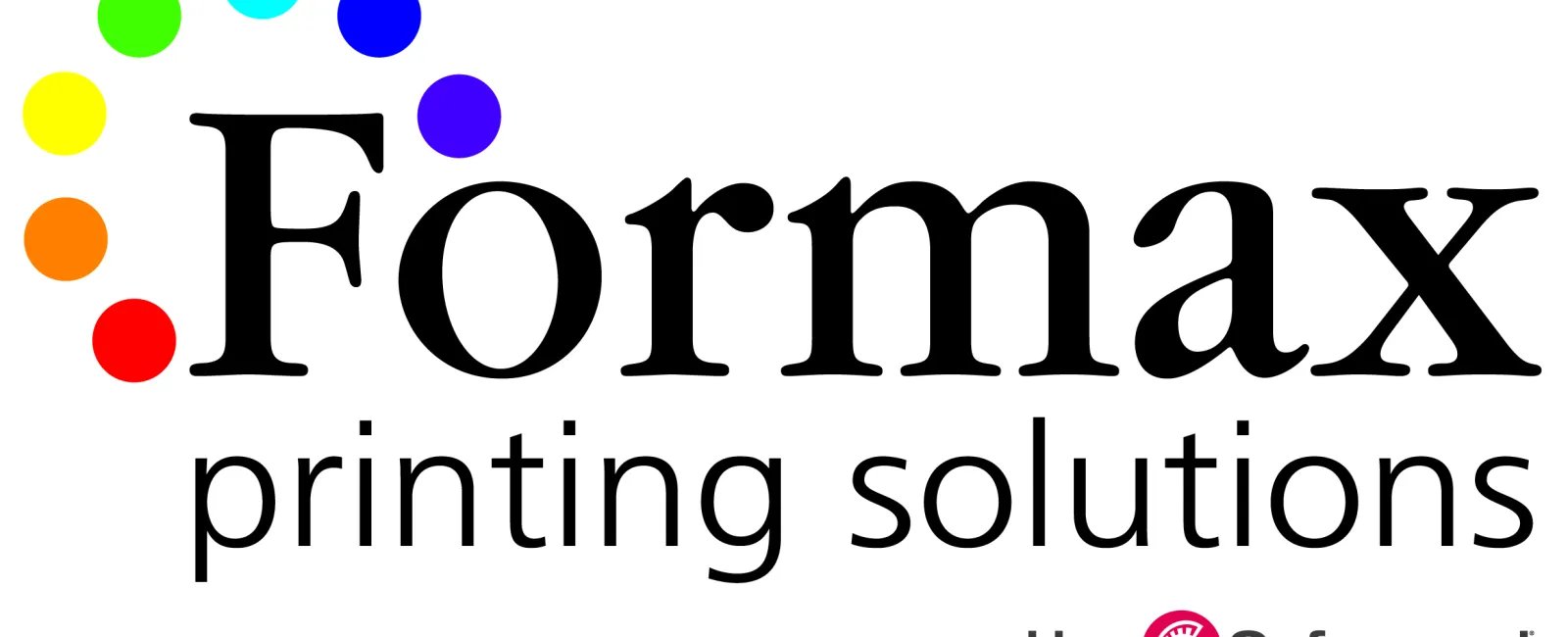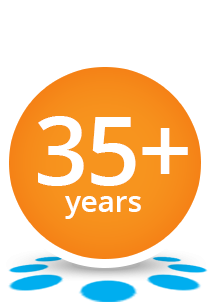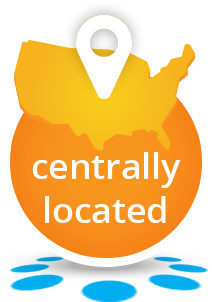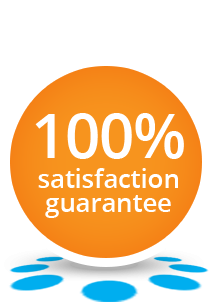
Book Binding, also known as Book Bindery, is the process of assembling and securing written or printed pages within a cover.
In most cases, the cover is thicker than the interior pages to provide durability to the finished book.
Some of the more popular Book Binding methods include-
1) Saddle Stitching. This softbound binding method is one of the most simple and widely used binding styles. Saddle Stitched books are constructed from folded sheets that are held together by staples driven through the crease of the fold. For example, a Saddle Stitched book that measures 8.5 x 11 when closed is constructed from 17 x 11 sheets that have been folded in half. Saddle Stitching is the least expensive book binding method and works well for programs, wall calendars, booklets, newsletters, pamphlets and direct mailers.

2) Perfect Binding. The soft cover books that fill the shelves at bookstores are good examples of perfect bound books. The spine is square and usually printed upon. Also, the cover is generally made from paper stock that is heavier than the interior pages. With the perfect binding method, the book's pages and cover are glued together at the spine with strong yet flexible glue. Then the three open sides of the book are trimmed to give them sharp clean edges. In addition to the common "paperback" book, the perfect binding method is used for manuals, catalogs and thicker brochures. One of the primary advantages of the perfect binding method is its professional finished appearance.
3) Spiral Coil Binding. This popular binding method uses a plastic or metal coil that is inserted and twisted through small holes or slots that run along the spinal edge of the book's cover and pages. An advantage to this type of binding method is that the book can be opened a full 360 degrees which permits it to lie completely flat on a desk or table. This makes spiral binding a good choice for reports, sales presentations, proposals, directories, cookbooks and maintenance guides. If necessary, pages can be manually added to or removed from a spiral bound book, though not as easily as with a 3-Ring binder.
4) 3-Ring Binder. This common binding method is another way to join separate pages into book form. Ringed binders containing loose leaf pages and tabs are frequently used for sales presentations, seminars and business meetings because the tabs allow the user to quickly index to a specific page Three-ring binders are also commonly used for price lists and operation manuals because pages can very easily be added or removed as changes occur. The cover and/or spine of the binder can be printed upon directly, or the binder can be made with a clear plastic overlay which allows printed inserts to be slipped in for the cover and/or spine.
5) Hard Cover. There are various ways to bind a hardcover book. Sometimes the pages are gathered and sewn together with strong thread before the cover is attached. Other times the pages are simply glued together near the spinal edge before the cover is applied. The cover of a modern hardcover book is generally made from pieces of thick, rigid paper board. This dense board is commonly covered with a glossy coated paper for improved appearance and durability. Because the front and back covers are inflexible, they must be created with a flexible hinge area near the spine to allow the book to open and close easily. Hard Cover binding is the most expensive binding method and is used for books that see frequent use such as textbooks and cookbooks, or when longevity is important such as a bible, yearbook or other keepsake. Hard cover books are also referred to as hardback or hardbound books.
When it comes to book printing and binding, you'll achieve a better result when you know all your options upfront. Formax offers a variety of binding styles so give us a call at 866-367-6221 or submit our easy quote request form to discuss your next custom-printed book project.
Take care! Rick
